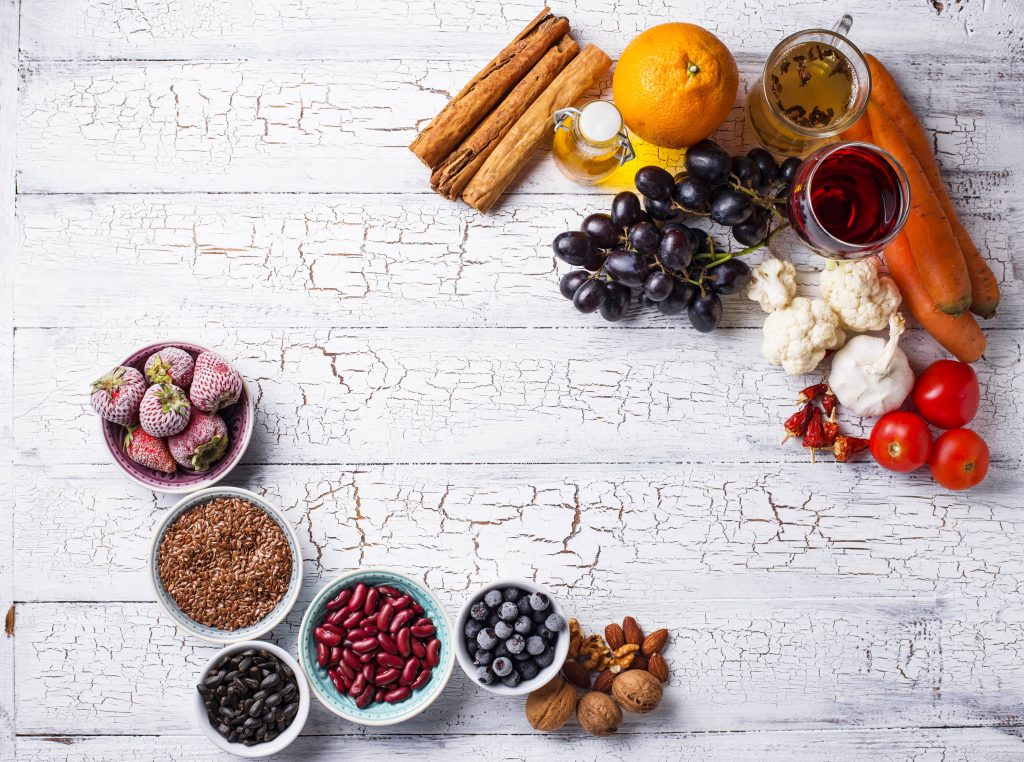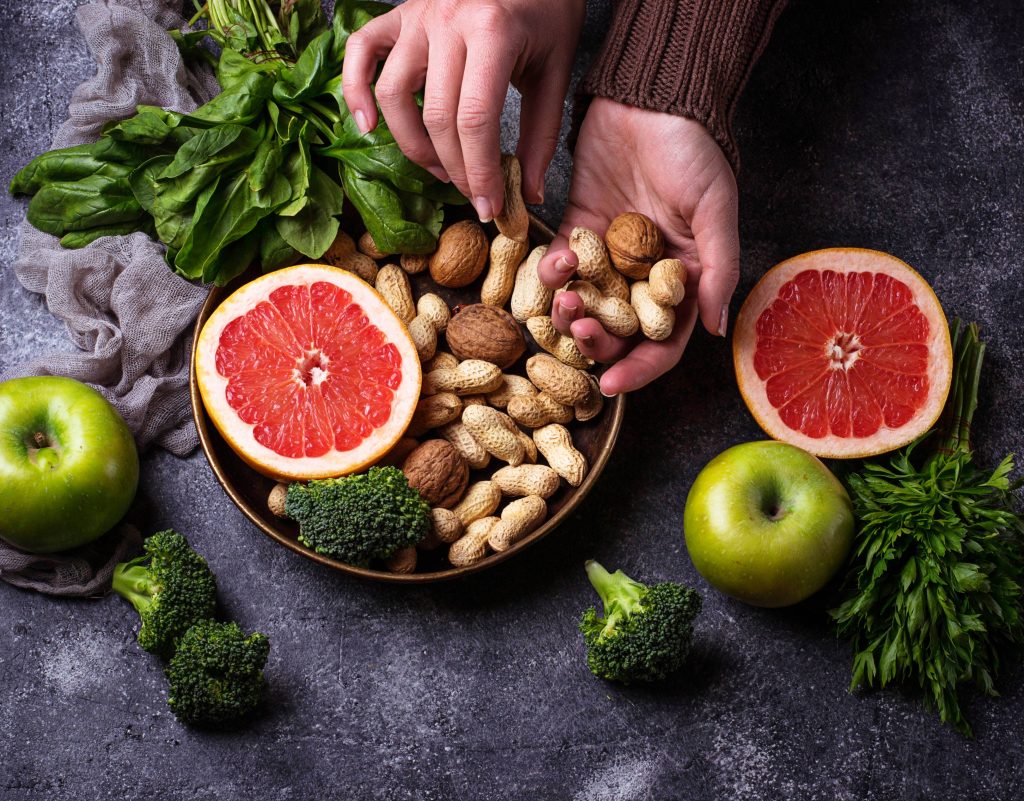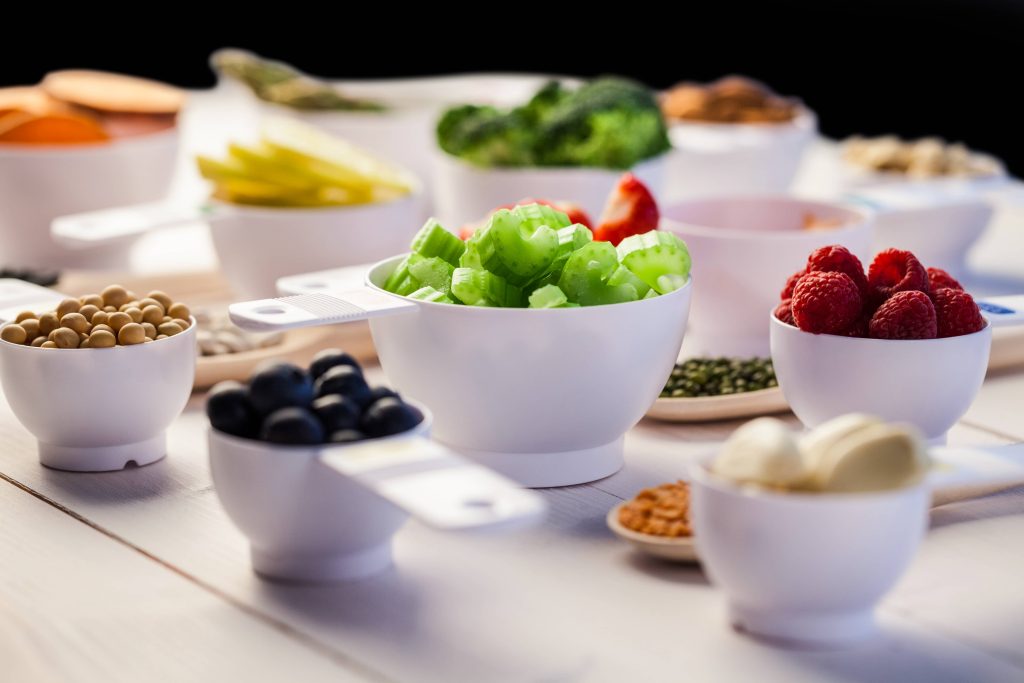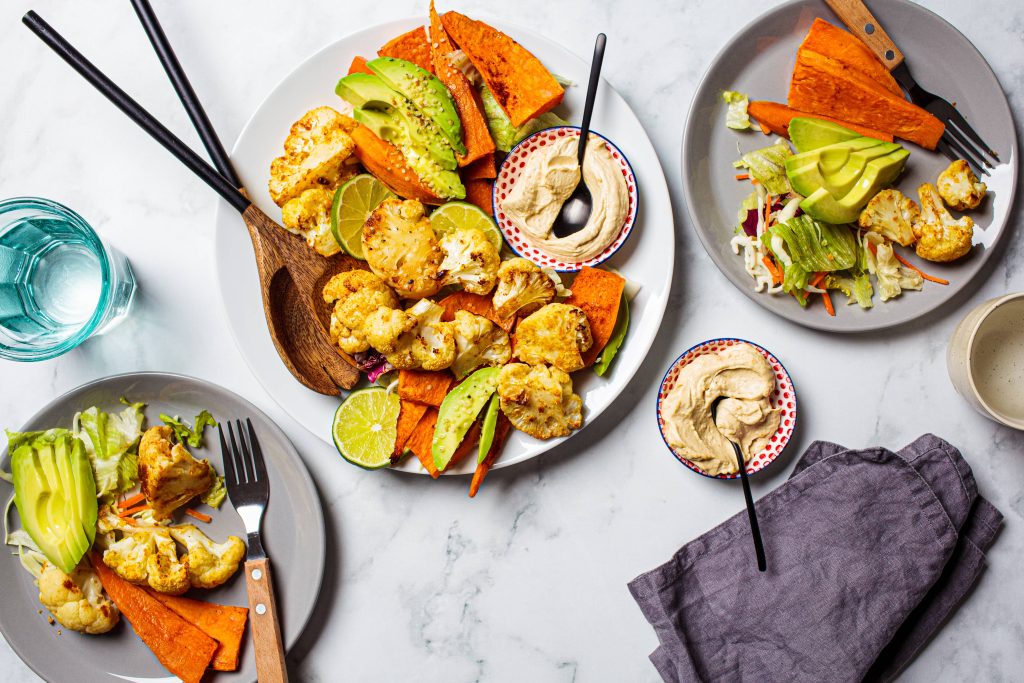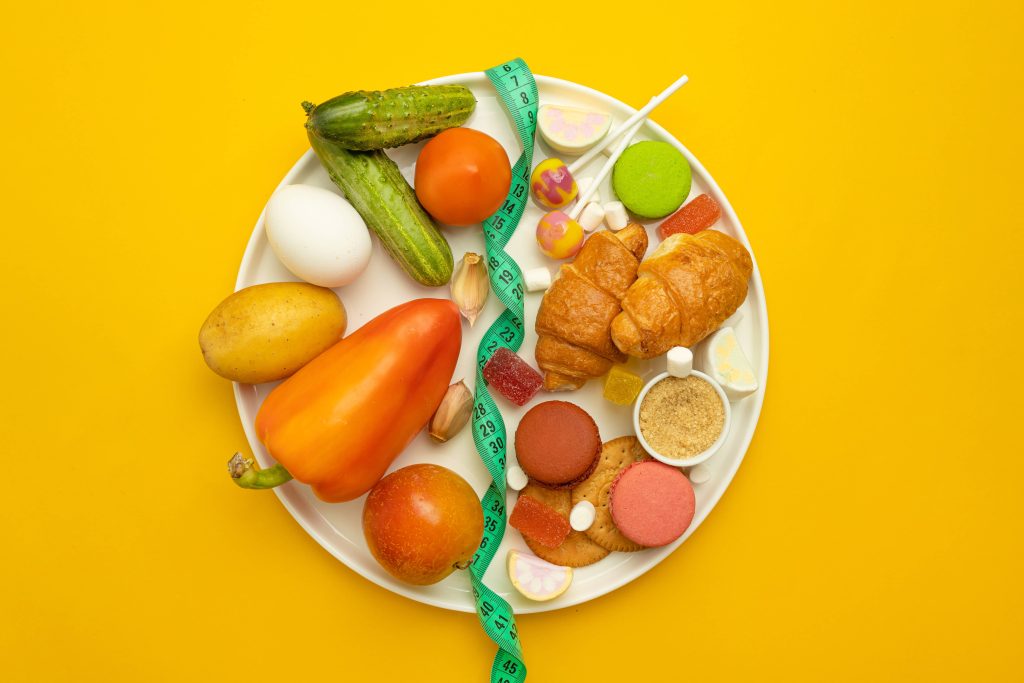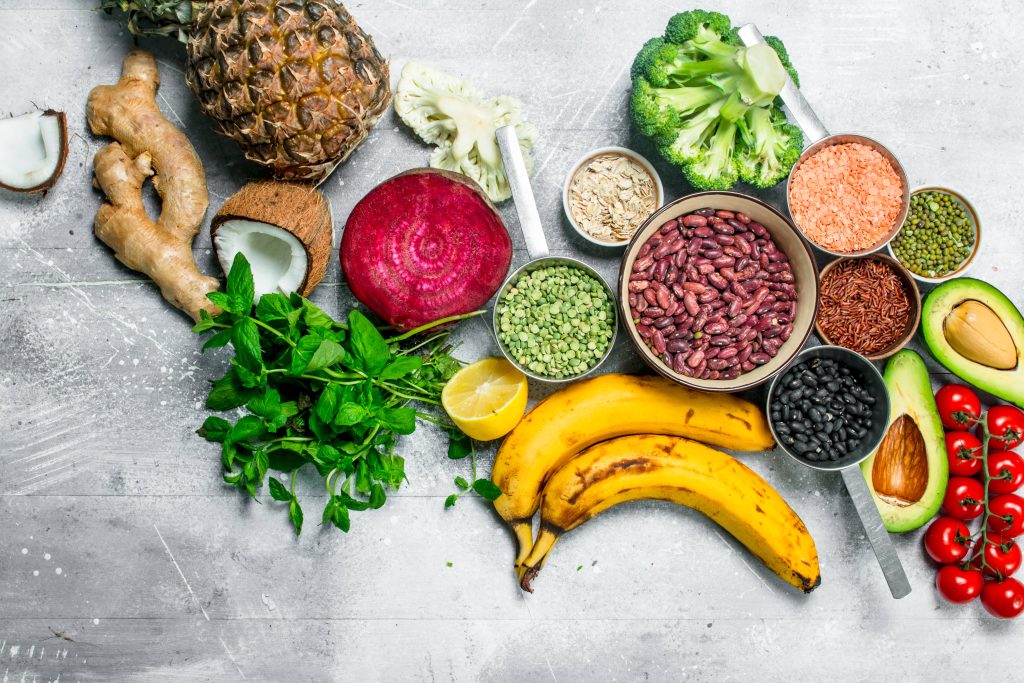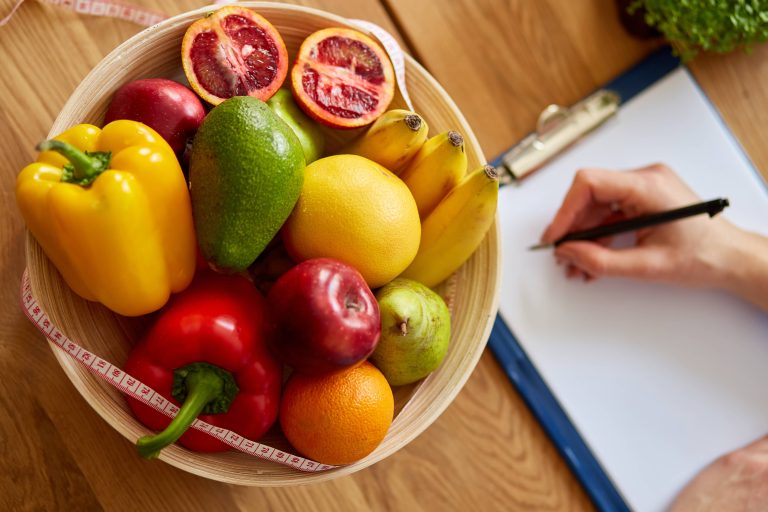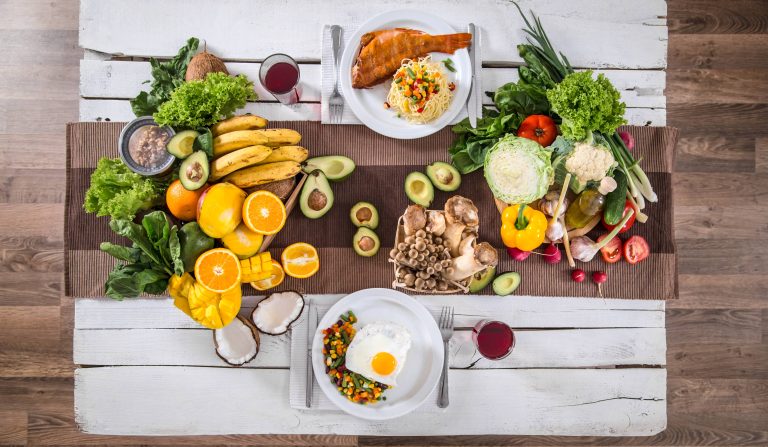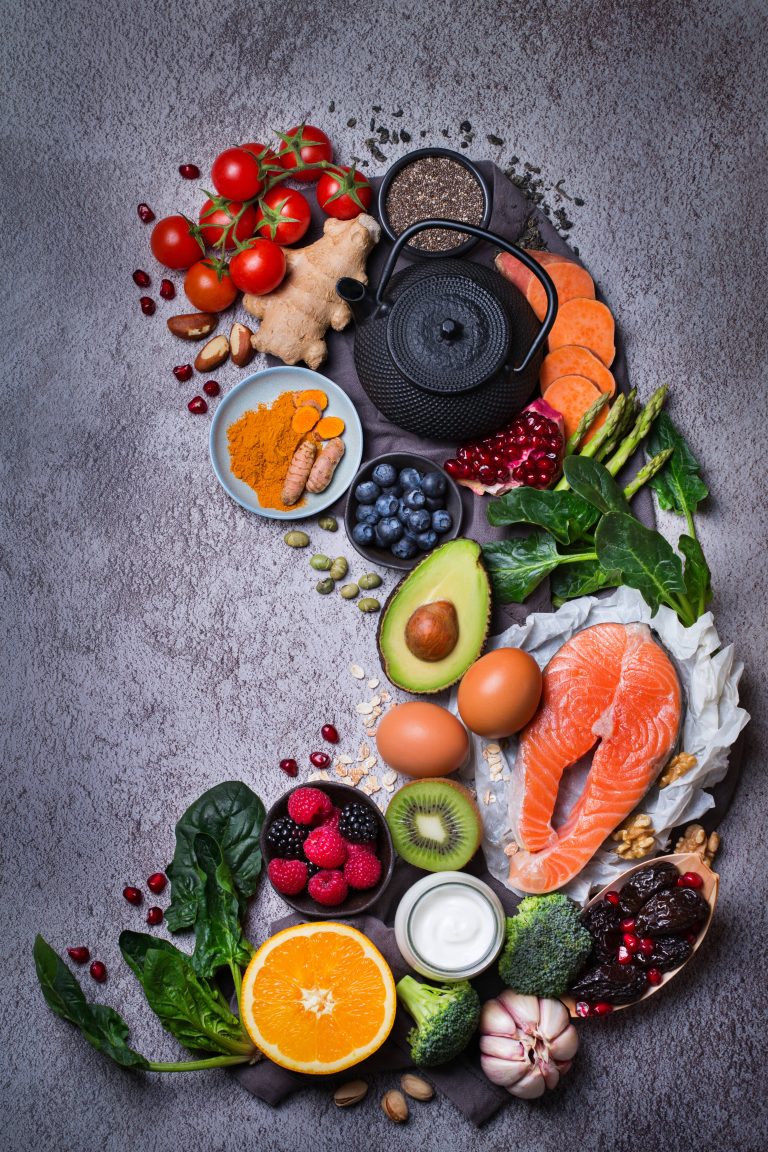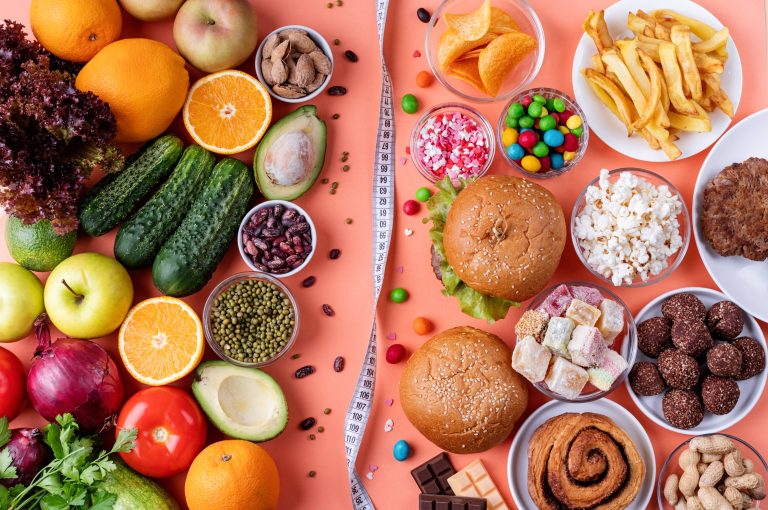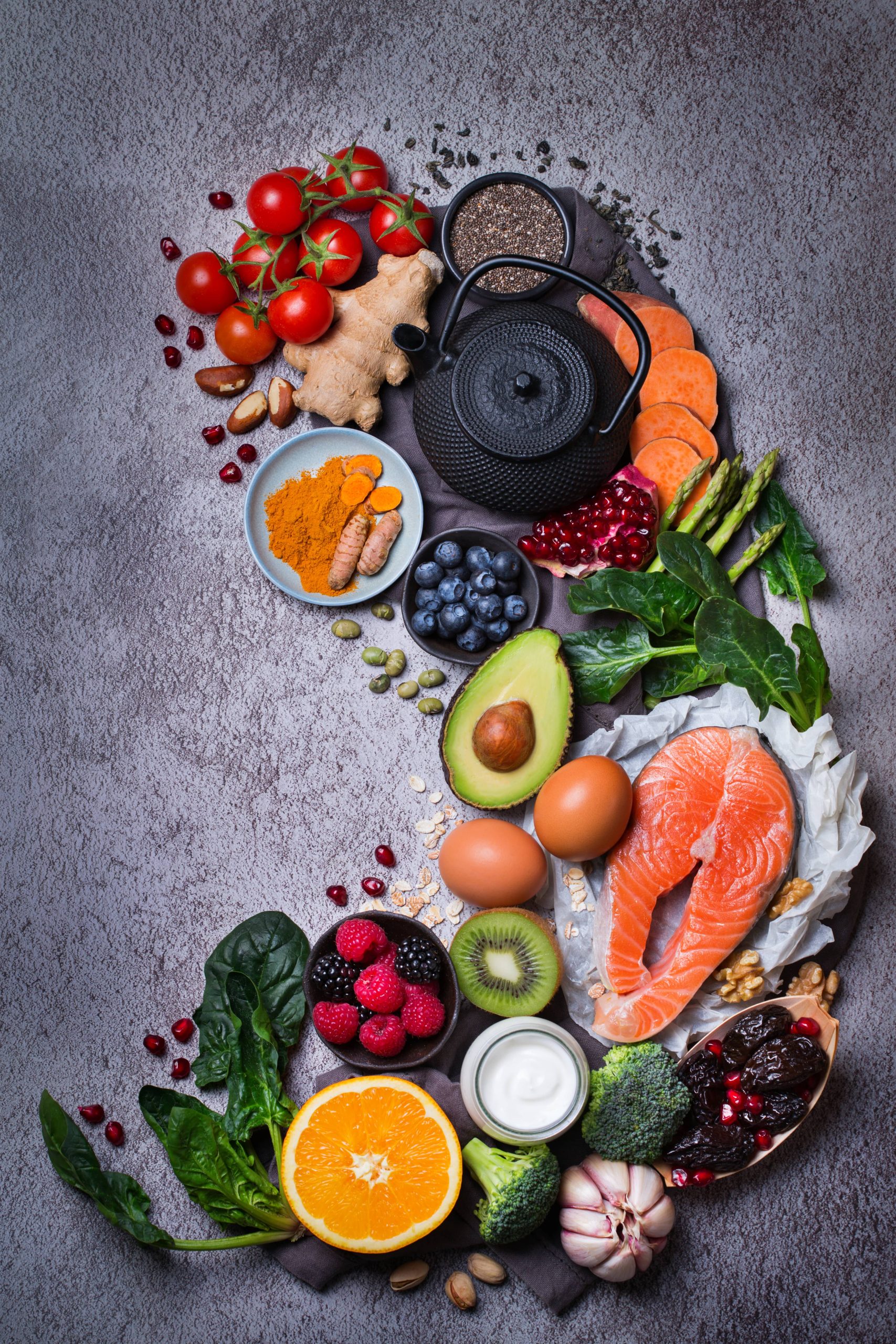
In today’s fast-paced world, maintaining a balanced and nutritious diet can be a challenge at any age. However, as we grow older, our nutritional needs become even more critical to support healthy aging. Age affects our metabolism, bone density, muscle mass, and overall energy levels, making it essential to adapt our meals to provide the necessary nutrients. This blog post will explore various meal ideas to support healthy aging, focusing on nutrition that enhances longevity, vitality, and well-being.
Breakfast: The Foundation of the Day
Starting the day with a nutritious breakfast is one of the most important steps in promoting healthy aging. A well-balanced breakfast provides the energy and nutrients needed to kick-start your day and helps sustain energy levels throughout the morning.
1. Oatmeal with Berries and Nuts: Oatmeal is rich in fiber, which aids digestion and helps maintain stable blood sugar levels. Adding a handful of fresh or frozen berries provides antioxidants that combat inflammation and cellular damage. Sprinkle some nuts like almonds or walnuts for added healthy fats and protein.
2. Avocado and Egg Toast: This combination offers a perfect blend of healthy fats, protein, and essential vitamins. Use whole-grain bread for more fiber, mash half an avocado on top, and place a poached or boiled egg on it. This meal supports eye health with nutrients like lutein and zeaxanthin and provides vitamin D and calcium from eggs for bone health.
3. Greek Yogurt with Flaxseeds and Honey: Greek yogurt is packed with protein and probiotics, promoting gut health, which can often decline with age. Add a tablespoon of flaxseeds for omega-3 fatty acids and sprinkle some honey for natural sweetness and additional antioxidants.
Lunch: Midday Nutrition Boost
As the day progresses, it’s essential to keep the body’s energy and nutritional requirements in check with a nourishing lunch. The focus should be on a fiber-rich, protein-powered meal to keep energy levels steady.
1. Quinoa Salad with Chickpeas and Vegetables: Quinoa is a complete protein containing all nine essential amino acids, making it a great meat alternative. Mix cooked quinoa with chickpeas, diced cucumbers, cherry tomatoes, and bell peppers. Drizzle olive oil and lemon dressing for added flavor and a boost of healthy fats.
2. Grilled Chicken and Spinach Wrap: A simple yet effective meal, grilled chicken provides lean protein, while spinach delivers iron and other essential vitamins like vitamin K for bone health. Use a whole wheat wrap for additional fiber, and add a couple of slices of tomato and avocado for extra nutrients.
3. Lentil Soup with Kale and Carrots: Lentils are high in protein, fiber, and iron, making them a powerhouse for maintaining muscle mass and energy levels. Puree or leave the soup chunky, adding kale for calcium and vitamin C, and carrots for beta-carotene, vital for skin and eye health.
Dinner: Sustaining Energy and Vitality
As you wind down for the day, a satisfying and nutritious dinner can help repair the body while preparing it for the next day. Emphasize meals that are anti-inflammatory and supportive of heart health.
1. Baked Salmon with Asparagus and Quinoa: Salmon is a fantastic source of omega-3 fatty acids, which support heart and brain health. Pair with asparagus, a great source of folate, and quinoa for a complete meal rich in nutrients.
2. Stir-fried Tofu with Broccoli and Bell Peppers: For those following a plant-based diet, tofu provides essential amino acids, and broccoli is full of vitamin C and K. Bell peppers add sweetness, fiber, and additional antioxidants. Use coconut or olive oil to stir-fry, as these oils have healthier fat profiles.
3. Beef and Vegetable Stew: Choose lean cuts of beef for protein, B vitamins, and iron. Add a variety of vegetables like potatoes, carrots, and peas for a meal rich in fiber, vitamins, and minerals supporting overall health and vitality.
Snack Options: Nourishment Between Meals
Healthy snacks can bridge the gap between meals, maintaining energy levels and preventing overeating during main meals. Light, nutrient-rich options are ideal:
1. Nuts and Seeds: Almonds, walnuts, and sunflower seeds are excellent sources of healthy fats, protein, and fiber.
2. Fresh Fruits: Opt for fruits like apples, bananas, or berries for a natural source of vitamins and fiber.
3. Carrot and Celery Sticks with Hummus: Provides a satisfying crunch and fiber from vegetables, with hummus offering protein and healthy fats.
Hydration: An Often Overlooked Essential
Staying hydrated is crucial at any age, but especially as we grow older. Aging can dull our sense of thirst, making it essential to consciously consume adequate water throughout the day. Herbal teas or coconut water can be hydrating alternatives, offering additional antioxidants.
Conclusion
Eating for healthy aging involves a balanced approach that focuses on delivering essential nutrients for physical and mental well-being. By incorporating nutrient-dense foods that support bodily functions and promote longevity, you can enhance your quality of life. Start experimenting with these meal ideas to create satisfying dishes that cater to the specific needs of aging individuals. Remember, it’s never too late to adopt healthier eating practices that will keep you energized and thriving throughout the years.

